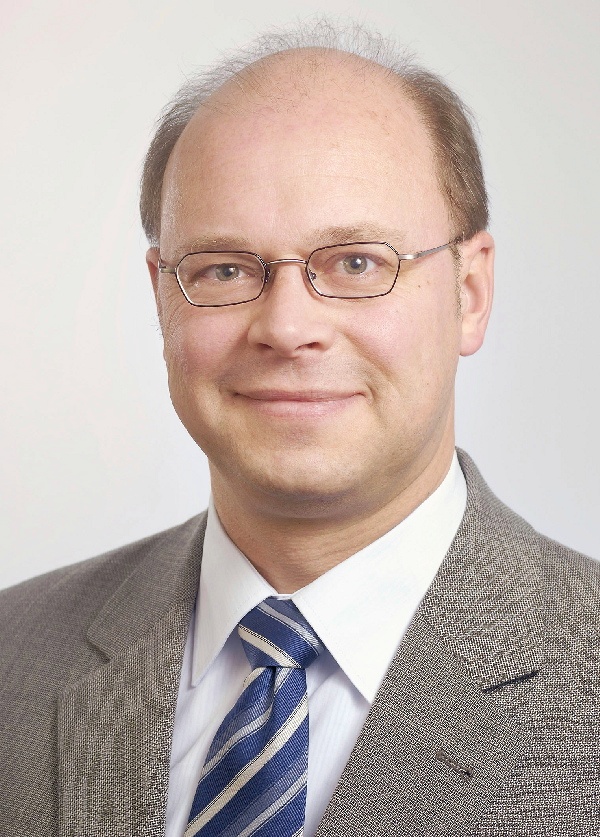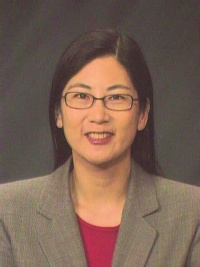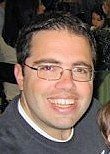Gazettabyte asked the views of several attendees at OFC/NFOEC 2010 to reflect on the show. In particular what developments or trends struck them as noteworthy, what they learnt and what gives them reason for optimism?
Here is a selection of their views.

“We heard again and again, that the internet service providers such as Google are still looking for solutions for their future bandwidth demand”
Andreas Umbach, u2t Photonics
OFC highlights
For many the story of the show was 40Gbps and 100Gbps long-haul transport.
“Of the many announcements I thought Opnext’s component technology and product announcements were notable as a big bet on bleeding-edge R&D by an established components player,” says Scott Schube, senior analyst and strategist at market research firm, LightCounting.
The developments Schube highlights include Opnext’s 100Gbps SerDes, 100Gbps DSP for coherent receivers, and various optical modules for 100Gbps, along with its field trial with AT&T announced before the show.
Andreas Umbach, CEO of u2t Photonics, notes the industry acceptance of dual-polarisation QPSK as the standard for 100Gbps. Oclaro also highlights the Optical Internetworking Forum’s (OIF) work towards a single solution, to avoid the proliferation of solutions that occurred at 40Gbps. “Most view this as a good sign, but it does remove some of the flexibility to introduce new innovations,” says Chris Clarke, vice president strategy and chief engineer at Oclaro.
OFC/NFOEC 2010 also marked the return of the system vendors, according to Karen Liu, vice president, components and video technologies at market research firm Ovum.
“There were two big trailers on the floor from Huawei and Ciena-Nortel. Each was a complete demo room showing multiple systems interoperating,” she says. “Ciena-Nortel with Corning had a demo involving 3000km of fibre.”
But others disagree. “The box makers have really pulled back at this show compared to those in the past,” says Neal Neslusan, a consultant at PhiBos Consulting. “With Supercomm now finally dead it makes one wonder what is the target show for the telecom box makers.”
 “The biggest thing was the general sense that bandwidth on the fibre is no longer plentiful”
“The biggest thing was the general sense that bandwidth on the fibre is no longer plentiful”
Karen Liu, Ovum
One datacom demonstration highlighted by LightCounting was Avago’s microPOD 120Gbps parallel optical modules shown as part of an IBM supercomputing blade. “Reflex Photonics and others have showed similar technology before, but Avago’s announcement shows that we might be getting close to true commercialization of “optics on board” products,” said Schube.
Liu was also taken by IBM’s water-cooled processor board with the Avago optical interconnect based on a novel connector made by injection-molded high-precision lensing: “There were 28 modules, 120Gbps each, on the board.”
What else besides 40 and 100Gbps?
Passive Optical Networks (PON) received huge attention, says David Menashe, vice president and chief scientist at RED-C Optical Networks. “There is a lot of activity around next-generation PON architectures including higher rates and longer reach, merging of access and metro networks and reducing the number of central offices,” he says
LightCounting highlights continuing innovation at 10Gbps which, it says, still has years of market dominance ahead of it. Schube notes the demos from several IC vendors of smaller, lower power, more integrated 10G PHYs and framers, as well as two companies introduced long-reach SFP+ modules, and Finisar’s demonstration of a new tunable XFP module.
“The tunable XFP seemed to gain general market acceptance with several suppliers announcing upcoming releases,” says Sinclair Vass, senior EMEA director at JDS Uniphase. He also noted a trend towards 1x23 type wavelength-selective switch (WSS) architectures with market agreement emerging as to what is required.
Learnt
For David Smith, CTO of CIP Technologies, the general acceptance of coherent detection as the solution for 100Gbps and beyond means that the two most important technologies driving the future of the industry will be photonic integration needed to realise the complex optics, and advances in electronic DSP technology to reap the flexibility and capacity.
“From the longer term research perspective orthogonal frequency-division multiplexing (OFDM) in its various guises increasingly seems to be the way people will see all this capability being harnessed,” he says
“40Gbps DPSK and DQPSK will live on and, in fact, grow very nicely,” says Neslusan. “I also learnt that at 40 and 100Gbps, the coherent detection offerings will not necessarily be adopted across the board; there is significant life for direct detection at both 40 and 100Gbps, specifically in the metro.”
“The most vocal component companies appear to have a long way to go to reign-in to a 100Gbps product; the claims seem to be significantly beyond the capability to commercialise in the near-term,” says Oclaro’s Clarke. “There is also a growing consensus that vertical integration will be increasingly valued going forward.”
“The biggest thing was the general sense that bandwidth on the fibre is no longer plentiful,” says Ovum’s Liu, highlighting how Cedric Lam of Google referred to it and Glenn Wellbrock from Verizon also made reference to it in the context of wanting a move to “gridless” - no longer being bound by the ITU’s rigid wavelengths used for DWDM - for high speed transmission.
Surprises
JDS Uniphase and RED-C stress that technology tends to move incrementally and as such did not see any ‘quantum leaps’. One interesting observation, according to JDS Uniphase, was the reduction in OFDM papers in 2010 compared to 2009. But it warns not to read too much into it: “Two points don’t make a trend,” the company said.
Eve Griliches, managing partner at ACG Research was surprised by how OFC was “overrun” by content providers: “A new breeze blowing in town was how it felt,” she says.
“It is noticeable that the direction for the industry is increasingly being set by web service companies such as Google and Facebook, says CIP’s Smith.“These people are now the drivers of the capacity demand and it is interesting that their requirements and vision does not quite align with that of the long haul operators that traditionally set the tone at OFC.”
Reasons for optimism?
“There was plenty,” says RED-C’s Menashe. 100Gbps and coherent detection has injected a lot of energy into the industry, he says. Combined with the expected growth in access networks, this should lead to healthy growth for several years.
LightCounting is encouraged that the industry is moving to more complex modulation and detection schemes despite the near- and even medium-term economic case for 100Gbps components is suspect, says Schube. Such developments define a technology roadmap for at least another decade of network capacity doubling every 18 months.
“We heard again and again, that the internet service providers such as Google are still looking for solutions for their future bandwidth demand,” says u2t’s Umbach.
 “The component vendor landscape for 40G and 100G is turning out to be just like that at the beginning of 10G – that is to say, very overcrowded”
“The component vendor landscape for 40G and 100G is turning out to be just like that at the beginning of 10G – that is to say, very overcrowded”
Scott Schube, LightCounting
JDS Uniphase argues that from the attendance of mainly larger stable suppliers it is clear that the ecosystem has fully evolved from the “excessive speculation by outside forces” which caused and broke the bubble. The current situation doesn’t mean that the industry is “a full picture of health or profitability”, it said, but predictability and stability may be returning.
For CIP, the show was as busy as previous OFCs but its serious leads were up by 30%. Interest was much more focussed on custom designs and volumes for solid commercial applications rather than one-off blue sky projects, it said.
“This year marked the en masse return of the "optical gadget" suppliers at OFC, specifically from China,” says Neslusan. “I consider this a good sign.”
Did you attend OFC? Is there something noteworthy that you'd like to highlight?